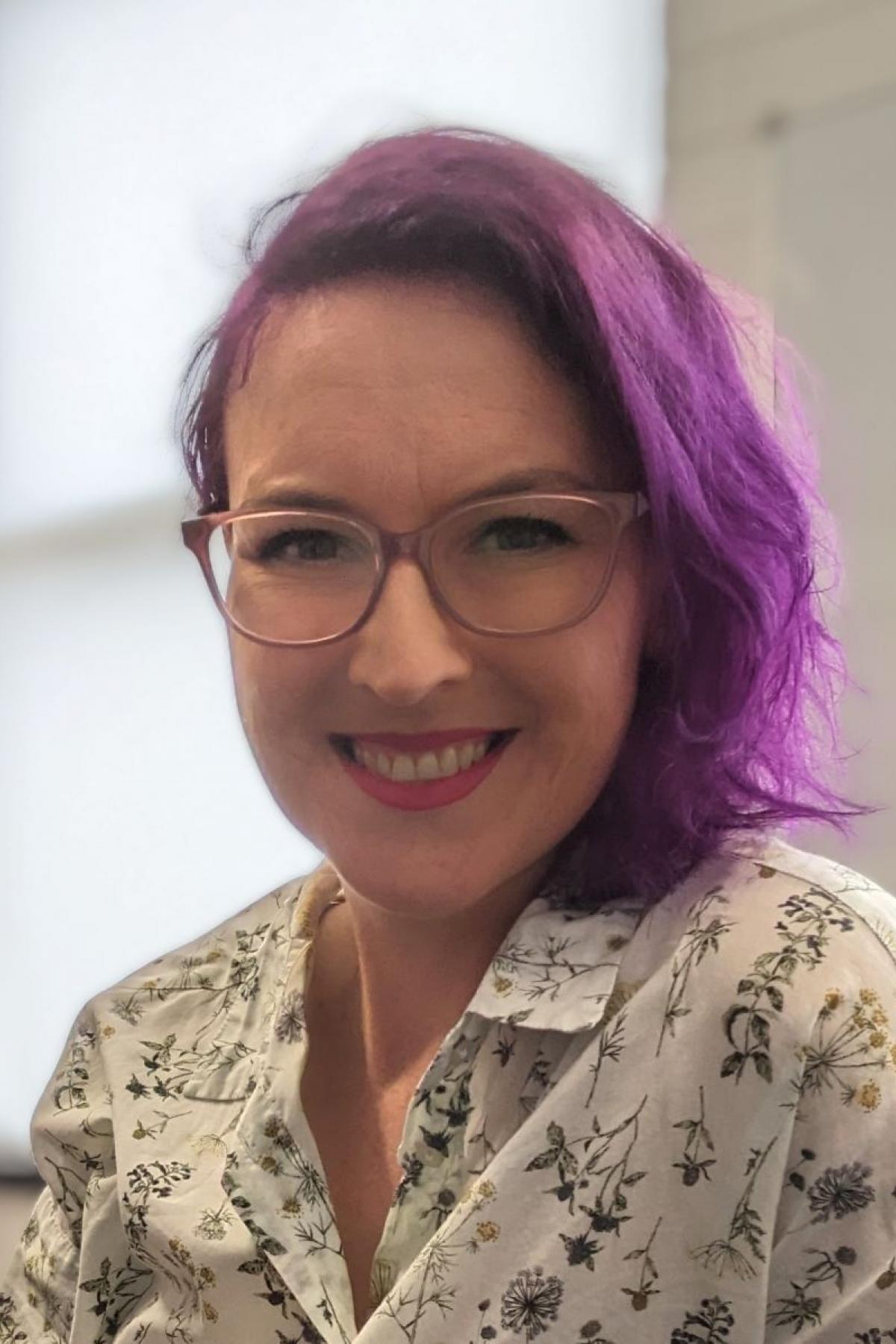This is how I teach
This month we spoke with Dr Kim Barbour, Senior Lecturer in the Department of Media, Faculty of ABLE. Kim’s excellent teaching practice was recognised in the 2023 Commendations for the Enhancement and Innovation of Student Learning, in the category of Inclusive learning and teaching approaches. Here Kim shares her insights about preparing students for jobs which don’t yet exist and how she uses Prezi Video to enable active engagement with her students.
How would you describe your approach to teaching/your teaching philosophy?
I see my teaching as a process of empowering students to become confident and critical citizens, by enabling them to identify, understand, and utilise contextually appropriate theories, forms of expression, aesthetics, software or hardware. Student mastery of a specific task or software package is less important to their learning than the self-confidence to choose and apply the array of knowledge they have encountered during their studies. Media and communication technologies change so quickly that being able to critically engage with new ideas and confidently experiment with new platforms becomes far more valuable a skillset in graduates than being able to perform specific tasks under fixed criteria.
Equally, teaching media must happen through media. A mix of face-to-face and online learning not only facilitates the development of essential digital literacies, but also improves the capacity of students to study at a time that best suits them, whether they have complex needs, are caring for others, or need to work to support themselves. This in turn aids in developing equitable access to higher education.
What do you like most about teaching in your discipline?
Students studying Media courses are diverse, bringing with them some fascinating experiences and perspectives. Students in the core Media degree program can have a deep desire to understand the workings of the media ecology, or have ambitions to be journalists, game developers, marketing professionals, or content creators; some are already media professionals! We are then joined by students from across the University who enrol in Media courses as electives, who bring their own expertise and views to the discussions. This diversity drives me to find new ways to explore ideas, while each year I am introduced to new examples of concepts in action from discussion with the students. Because media texts, industries, and technologies are so central to all parts of our lives, students can see a direct connection between the ideas and their everyday lives and bring a lot of themselves to their study.

How does your teaching help prepare students for their future?
It’s a given that I am educating students for roles that don’t yet exist; the media ecology changes too rapidly and the world is too uncertain for me to want to dabble in prediction. However, the core disciplinary concepts and ideas that ground my teaching are consistent, and I firmly believe that these drive informed, critical engagement with media technologies, industries, texts, and audiences.Kim Barbour
Concepts and ideas covered in my courses encourage students to identify and critique the power that words and images can have on how we understand the world. I aim to explore the complexities of the contemporary media environment with my students, complicating for them the taken-for-granted nature of their media saturated lives. I hope to pass on my own passion for media and storytelling to my students, leading through example to show that these issues, ideas, structures, and theories are critical for building towards a positive future.
What is your favourite way to use technology to enhance learning?
While I sometimes miss the simplicity of walking into a lecture theatre, running a lecture for an hour or two, and then leaving, there is no question that this form of content delivery is not effective for many of our learners. Having developed flipped classroom style courses in 2017, I see real benefits in providing students with content via online video, providing it is done well. Rather than replicating a 1- or 2-hour lecture, I record a series of tightly focused ‘concept videos’ for each week or section of a large-cohort course. This approach allows students to watch the videos as many times at they need to, to stop, rewind, speed up or slow down the playback, access closed captioning and transcripts, and to access the content at a time that works best for their learning.
To create a sense of connection with students, I ensure they can clearly see me on their screens alongside the content. After trialling a range of recording software (including on-campus recording suites) I have found Prezi Video to be the best option for me. As software designed for education rather than for meetings, Prezi allows me have text and images on only half the screen. This means I am able to more effectively connect with the material through gesture, and engage the learner through facial expression; these are both outcomes that students have positively commented on in SELTs and through informal feedback. Students can then arrive for on-campus tutorials or workshops ready to build on the ideas covered in the concept videos, and can return to them as needed throughout the semester.
